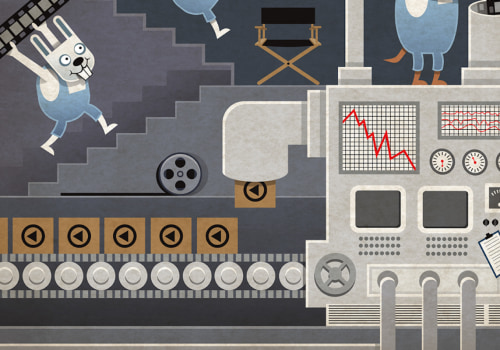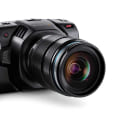When it comes to video production, music plays an essential role in creating a memorable viewing experience. From performance music videos to lyric videos, there are many different types of music that can be used to enhance the visuals and engage the audience. In this article, we'll explore the different types of music used in video productions, along with some of the best examples we know of. Performance music videos are probably the oldest and most used type of music video.
This type of video consists of the artist performing the song, either in front of an audience or in a place that matches the sound of the song. It could be on stage, in a recording studio with acoustic instruments, or on the grounds of a country house. The way it is recorded, the place where it is recorded and the way it is illuminated are all important decisions that will influence the outcome of the video. Videos with lyrics serve a more practical purpose. They usually serve as support until the actual music video is made, as a video for when the artist is not available for a session, or as a less expensive option.
Lyric videos are relatively new and have evolved rapidly. As a fan of how ingenious these videos can be, I can't wait to see what happens next. Interpretation, narration, concept, lyrics and animation are, in my opinion, the main types of music videos. The interesting thing is that, in most cases, a video will use one, two, or all of them; the key is that they must all work in a coherent way with a larger idea. Vibrant, cheerful and lively house music and electronic music are ideal for a large number of video productions. The lively and energetic qualities they provide can be used in dance projects, party-themed videos or any production that seeks to exhibit a pleasant and social atmosphere.
Like hip-hop and rock, these genres work great with all action-oriented projects, adding style and charisma to the flow of your video. Ethnic and tribal music are excellent categories to rely on for period pieces or projects that have their roots in cultural or historical areas. Diegetic and non-diegetic sounds make up the sound design of every television program, Hollywood movie and video production you watch. Music has been used since the beginning of cinema history. Even during the silent film era, movie theaters had live musicians or an old record phonograph that played music to accompany the film. The three essential categories of cinematic sounds are dialogue, sound effects and music.
These three types of sound are crucial for creating an engaging viewing experience. Remember, the eyes see what the ears hear. Conceptual music videos don't necessarily tell a story (at least through conventional methods), so it's important that they capture the feel and tone of the song. Videos with lyrics can even be merged with other types of video to create something new and cool. One of the essential aspects of this point is the way the music “enters” at the beginning of the video and “comes out” when it ends. This helps create an immersive experience for viewers. In conclusion, there are many different types of music used in video productions.
From performance music videos to lyric videos to ethnic and tribal music, each type has its own unique qualities that can be used to enhance visuals and engage viewers. It's important to consider how each type will work with your project before making any decisions.










